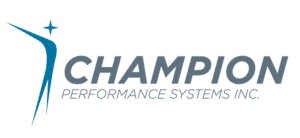In the rapidly changing business landscape, organizations must be agile and responsive to stay ahead of the competition. This is why strategy meetings are crucial for setting strategic direction while identifying potential risks and opportunities.
For CEOs, executives, and management professionals, mastering the art of conducting an effective strategy planning meeting is not just a skill, but a competitive advantage. However, mastering this skill takes deliberate effort and the application of proven methodologies.
At Champion PSI, we specialize in equipping leaders with the knowledge to conduct impactful strategy meetings that drive growth and foster a cohesive team dynamic. In this guide, we’ll share our expertise on how you can run successful business planning sessions by understanding their purpose using every available component.
From crafting a laser-focused agenda to engaging in collaborative business planning exercises, we’ll delve into the essential components that make a strategy meeting productive and purposeful.
Whether you’re planning your first strategy session or looking to refine your approach, our insights will empower you to lead with confidence and drive impactful results. Join us as we explore the keystones of successful strategy meetings and learn how Champion PSI’s expertise can elevate your business planning to new heights.
Strategic Thinking vs. Execution Planning—What’s the Difference?
Strategic thinking and execution planning are two distinct yet interconnected processes crucial for an organization’s success.
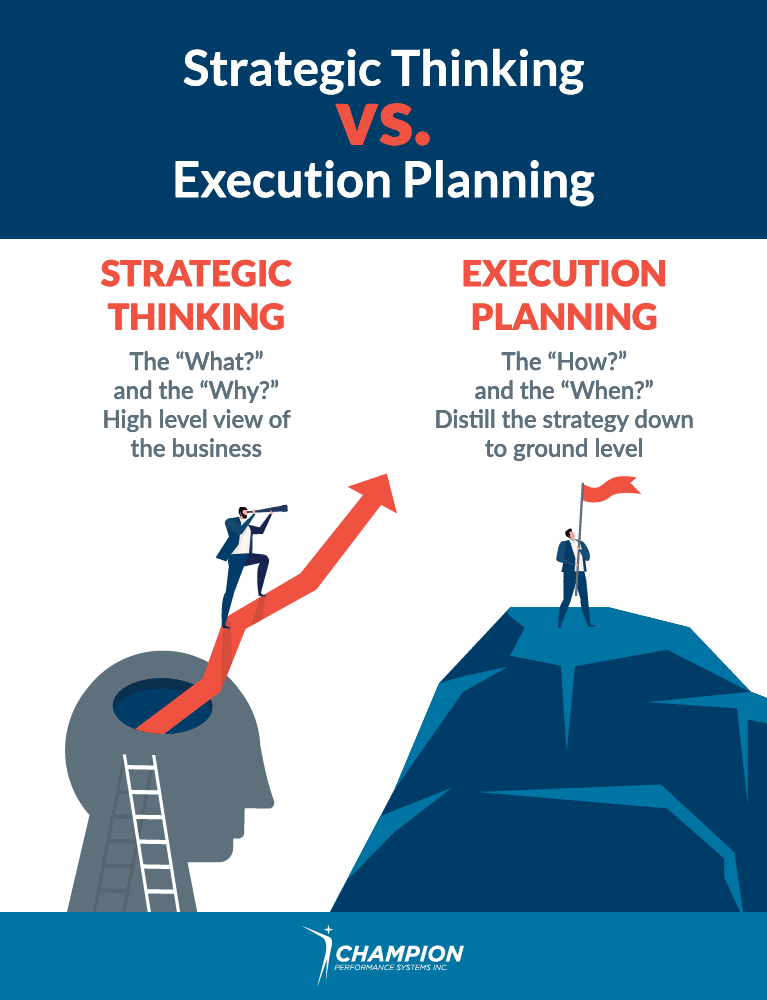
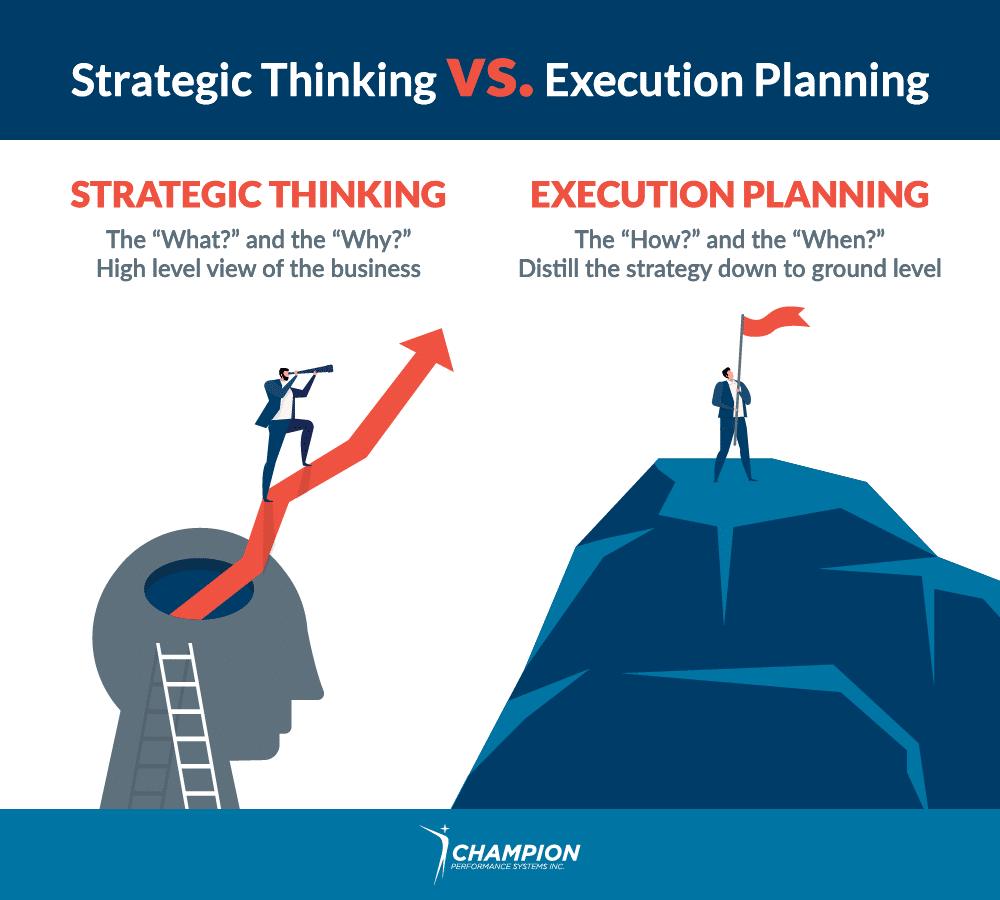
Strategic thinking involves the high-level exploration and analysis of an organization’s current position, past performance, and long-term goals. It requires leaders to assess the company’s financial standing, cultural dynamics, historical growth patterns, and overarching vision. This information is all used to set the foundation for outlining where the organization wants to go and what it aims to achieve in the future. Strategic thinking lays the groundwork for decision-making, prioritization, and resource allocation.
On the other hand, execution planning translates strategic ideas and goals into actionable steps and concrete plans. It involves breaking down the strategic vision into specific objectives, tasks, and timelines. This process requires a detailed examination of what needs to be accomplished in the short term, medium term, and long term. It involves setting clear milestones and targets for each phase of implementation. Additionally, execution planning involves aligning financial targets with strategic objectives and setting up key performance indicators (KPIs) to track progress effectively. The financial targets must coordinate with the established execution timeframes.
It is essential for leadership teams to understand that strategic thinking and execution planning are sequential processes that build upon each other. While strategic thinking sets the direction and vision for the organization, execution planning transforms those ideas into practical steps and measurable outcomes. Both components are crucial for driving organizational growth and ensuring that the company’s long-term objectives are realized.
Strategic thinking focuses on defining the “what” and the “why” of a plan, while execution planning delves into the “how” and the “when” of implementation. By recognizing the distinction between these two components and effectively integrating them into their processes, leadership teams can enhance their strategic capabilities, improve decision-making, and drive sustainable success for their organizations.
The Purpose of a Strategy Meeting
A strategy meeting is an essential component of effective business planning, providing a forum for leadership teams to outline their vision and chart the course for their organization’s future. Its significance lies in its ability to bring together key decision-makers to discuss and refine the company’s strategic direction. Through these meetings, leaders can ensure that everyone is aligned with the organization’s objectives, thereby laying the groundwork for sustained long-term growth.
The true value of a strategy meeting also emerges when tackling complex business challenges. These gatherings are designed to be think-tanks where diverse perspectives can converge to dissect issues, explore innovative solutions, and make informed decisions that will steer the company towards its goals. Therefore, the purpose of a strategy meeting extends far beyond its duration; it serves as an ongoing reference point for growth and innovation.
12 Key Components of a Successful Strategy Meeting
A well-executed strategy meeting hinges on several critical elements that ensure its effectiveness. In the following sections, we’ll take a deeper dive into each of the main components that lie within the pre-meeting, during meeting and post-meeting phases.
Pre Meeting Components

1) Agenda
At the core of every successful strategy meeting is a clear and structured agenda, which serves as a roadmap for the meeting and keeps discussions focused on strategic objectives. Without a thoughtfully prepared agenda, meetings can easily veer off course or become bogged down in details that detract from the overarching goals.
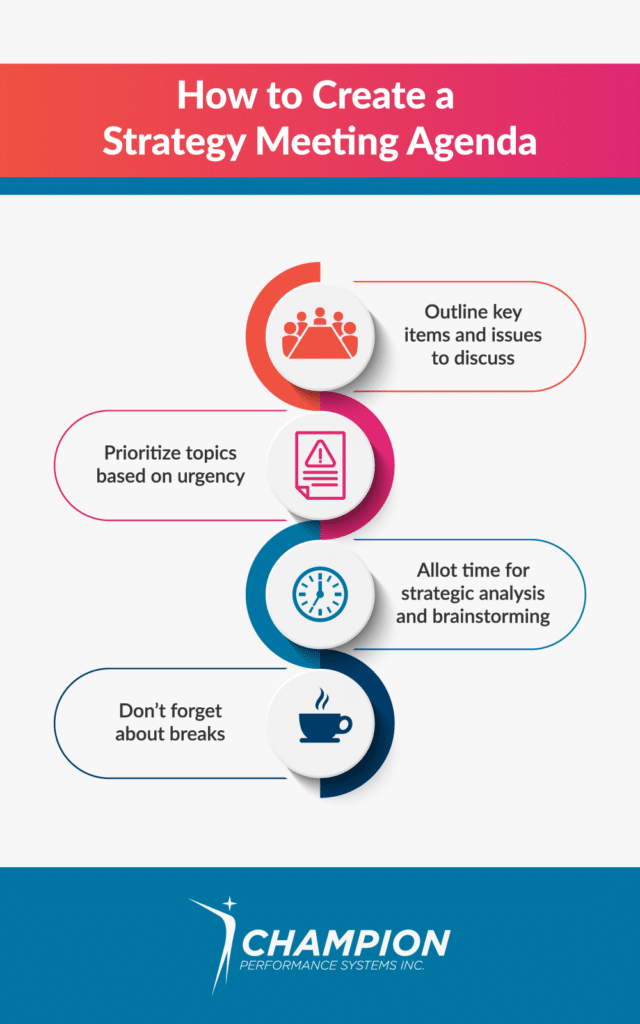
Creating a business strategy meeting agenda that drives focus is essential for a productive session. Time allocation for each agenda item should be carefully considered. This helps ensure that discussions are not rushed, and each topic receives adequate attention for the team to reach meaningful decisions. By respecting the time and contributions of all participants, the meeting can progress smoothly, keeping everyone invested in the collaborative process of strategy planning.
- Outline Key Items – Begin by outlining the key topics and issues to be discussed, ensuring that they align with the overarching business goals. This focused approach keeps the meeting on track and ensures that every participant understands the meeting’s objectives.
- Prioritize Topics – When prioritizing agenda items, it’s crucial to consider the importance and urgency of each topic in relation to the company’s strategic objectives. Introduce items that require immediate attention at the beginning of the meeting when participants are most alert. Additionally, it’s beneficial to intersperse complex discussions with more straightforward items to maintain engagement and prevent fatigue.
- Strategic Analysis and Brainstorming – Incorporating time for strategic analysis and creative brainstorming within the agenda is also vital. Allocate specific time slots for activities like reviewing market trends, competitor analysis, or exploring innovative ideas. This structured yet flexible approach allows for thorough exploration of each agenda item, while also leaving room for spontaneous insights and discussions that can lead to breakthrough thinking.
- Breaks – It’s also crucial to not overlook the need for bathroom and refreshment breaks within your agenda if you’re planning for a longer strategy session. Not only are they necessary, breaks also allow attendees to recharge and refocus, resulting in improved productivity and creativity. Additionally, breaks can promote team bonding and collaboration as colleagues have the opportunity to connect informally outside of the meeting room. By incorporating breaks into your agenda, you are prioritizing the well-being and effectiveness of your team, ultimately leading to a more successful and productive meeting.
2) Participants
Equally important is the composition of participants. Bringing together the right mix of individuals – those with relevant expertise, decision-making power, and a stake in the outcomes – fosters a collaborative environment where diverse perspectives can lead to innovative solutions. Before the meeting, it’s crucial to set clear objectives and communicate expectations to all attendees. If any pre-work is required, this needs to be carefully outlined, with the expectation that everyone comes to the meeting prepared with pre-work completed. This preparatory step ensures that participants arrive with a shared understanding of the meeting’s purpose and what they are expected to contribute.
3) Business Planning Exercises
Engaging in well-crafted business planning exercises during a strategy meeting can be pivotal in unlocking the collective strategic thinking and collaboration of the team. To foster this environment, consider incorporating a mix of exercises that cater to various analytical and creative thinking styles. Exercises such as scenario planning, where participants explore potential future events and their impact on the business, can stimulate forward-thinking and proactive strategy formulation.
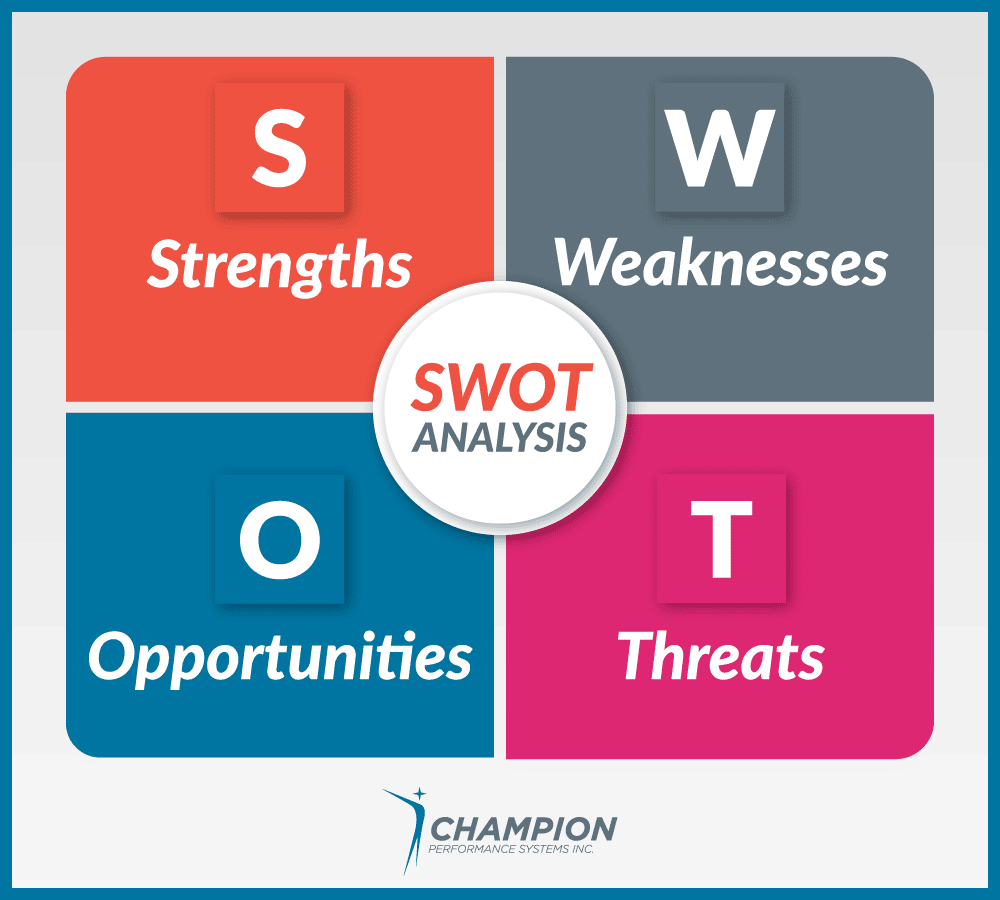
The use of a SWOT analysis is another powerful tool in the strategic planning process. It encourages a thorough evaluation of the company’s Strengths, Weaknesses, Opportunities, and Threats, providing a comprehensive view of the internal and external factors that can influence business success.
Many organizations often underutilize the potential of a well-executed SWOT Analysis. By effectively aligning Strengths with Opportunities, businesses can identify key areas for strategic leverage and growth. Likewise, pairing Weaknesses with Opportunities allows organizations to pinpoint areas that require enhancement and development.
Furthermore, integrating Strengths with Threats enables businesses to identify potential risks and challenges that need monitoring and mitigation strategies. Similarly, analyzing Weaknesses alongside Threats helps in determining areas that may pose threats to the organization’s objectives, thereby allowing for proactive measures to be taken to address and eliminate potential risks.
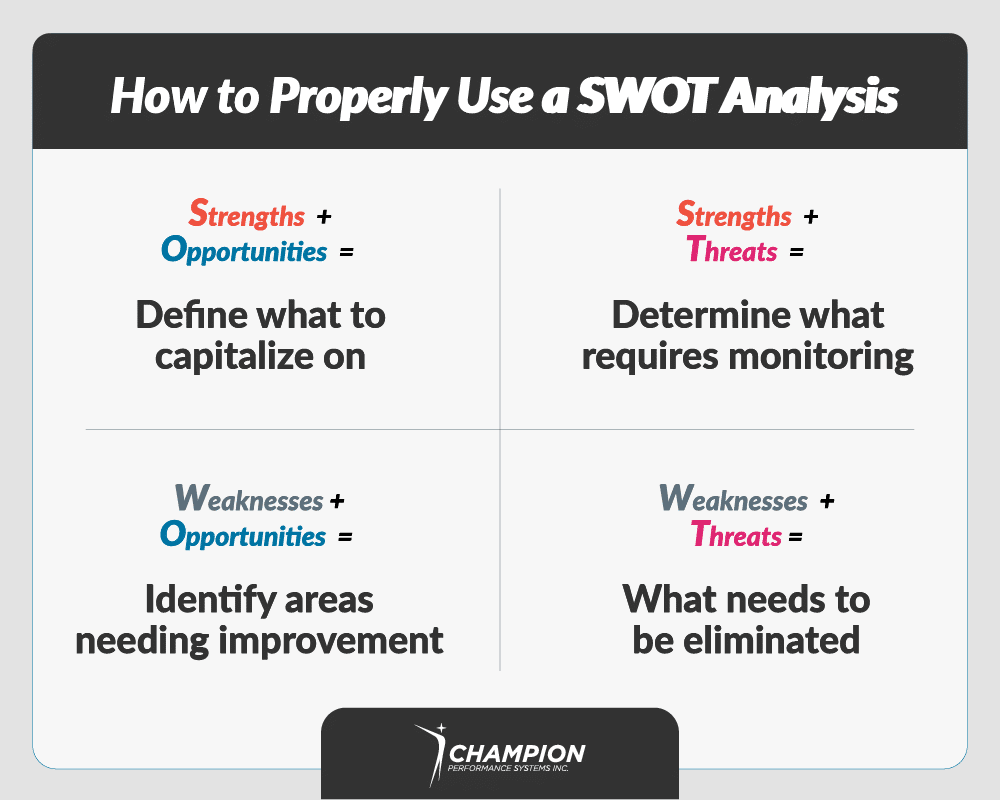
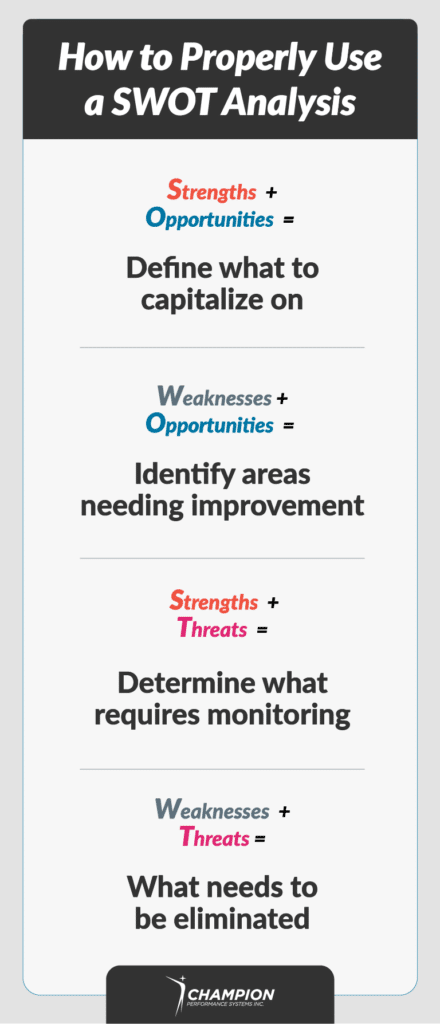
In essence, a thorough understanding and strategic integration of the insights gleaned from a SWOT Analysis can empower organizations to make informed decisions, capitalize on opportunities, address weaknesses, and mitigate threats effectively to drive sustainable success and competitive advantage.
Interactive exercises that delve into identifying opportunities and threats in the market, or role-playing to understand customer perspectives, can yield valuable insights and help to align the team’s focus on common goals. By engaging in these exercises, attendees can collectively brainstorm solutions, uncover new avenues for growth, and build a more resilient strategy that takes into account the multifaceted nature of the business landscape.
Unsure of how to utilize a SWOT analysis for your business? Click Here
Learn how an executive coach can help your team implement a SWOT analysis along with other critical components for a successful strategy meeting.
During Meeting Components

4) Fostering Engagement and Productivity
To foster engagement and productivity during a strategy meeting, it’s essential to deploy techniques that encourage active participation from all attendees. This might involve posing direct questions to quieter members, using round-table discussions to ensure everyone shares their thoughts, or incorporating digital tools that allow anonymous input.
Establishing ground rules is essential to foster alignment and collaboration within a team. These ground rules should prioritize respectful engagement, openness to new ideas, cultivating curiosity, active listening with the intent to understand, and so forth.
The goal is to create an inclusive environment where diverse perspectives are welcomed and valued, as this can lead to more innovative solutions and a stronger strategic plan.
5) Managing Divergent Opinions
This is also a critical component of a productive strategy meeting. Leaders should be prepared to mediate discussions, ensuring they remain constructive and on-topic. This may require acknowledging different viewpoints, finding common ground, and redirecting conversations that stray from the agenda. Keeping the meeting on track is another key aspect; this includes adhering to the allocated time for each agenda item and implementing brief, energizing activities to maintain high energy levels and engagement throughout the session.
It is crucial to recognize that when sharing perceptions, there is no absolute right or wrong; perceptions are subjective and hold value in their diversity. Each individual views the world through their unique lens and biases. By openly sharing these varied perspectives, a shared understanding can be achieved. Without this shared clarity, true clarity remains elusive.
6) Time to Address Questions
Be sure to leave time for the attendees to feel their perspectives are welcomed and valued.
When information is presented and there are no immediate questions, it may initially seem like a sign of clarity. However, it is important to acknowledge that individuals often refrain from asking questions for various reasons, such as hesitancy, uncertainty, or fear of judgment. In such cases, it is the responsibility of facilitators to create a safe and inclusive environment where all voices feel valued and encouraged to speak up.
Participants should recognize that active participation is key to maximizing the benefits of the discussion or presentation. By voicing their thoughts, concerns, or inquiries, individuals not only contribute to the collective understanding and decision-making process but also advocate for their own learning and comprehension. Therefore, it is essential for both facilitators and participants to actively engage in dialogue to ensure that all perspectives are considered and that discussions lead to meaningful outcomes.
Post-Meeting Components

7) Document Key Takeaways
The effectiveness of a strategy meeting is often judged by the actions that follow, making post-meeting follow-up a critical aspect of the process. Summarizing key takeaways and defining action items ensures that the insights and decisions made during the meeting translate into tangible results. Clear documentation of these points helps maintain momentum and provides a reference for accountability.
Documenting these actions can be challenging as they are frequently nebulous and hard to pin down. It is crucial that each action item starts with a clear and observable verb – an action that can be seen or measured. Without a tangible action attached to it, how can we confirm its completion? Ultimately, tasks either get accomplished, or they remain unfinished, highlighting the importance of clarity and specificity in defining action steps.
8) Define Action Items and Strategies to Implement
Assigning responsibilities and setting deadlines is the next step to operationalize the strategy. Each action item should be paired with a designated team member, a team champion, responsible for its execution, along with a realistic yet challenging deadline. This not only clarifies roles but also sets the pace for implementation.
Accountability is paramount in driving results. While multiple individuals may be involved in certain actions, assigning accountability to one person is essential. When accountability is shared among several individuals, it dilutes responsibility, leading to a situation where, in essence, no one person is truly answerable for the outcome.
9) Schedule Follow-up Meetings
To keep the strategy dynamic and responsive to changing conditions, scheduling follow-up meetings is essential. These regular check-ins allow the team to review progress, celebrate milestones, and make necessary adjustments to the plan, ensuring sustained focus on strategic objectives.
10) Setting Actionable and Measurable Goals
The goals that come out of a strategy meeting should be aligned with the company’s long-term vision and broken down into achievable steps. By doing so, the organization can monitor progress throughout the year, making adjustments as necessary to stay on the path to achieving their strategic objectives.
Actions carry more weight than mere goals, targets, or intentions.
11) Integrating Forward-Looking Strategies
Strategies such as performance assessments are a great way to assess the past year’s performance, providing a foundation for understanding what has been effective and where improvements are needed. Subsequently, forward-looking strategies can be developed to address these insights, ensuring that the business is adapting and setting appropriate goals for future success.
12) Consider An Annual Planning Meeting
Lorem ipsum dolor sit amet, consectetur adipiscing elit. Ut elit tellus, luctus nec ullamcorper mattis, pulvinar dapibus leo.
Achieve Strategic Success with Champion PSI
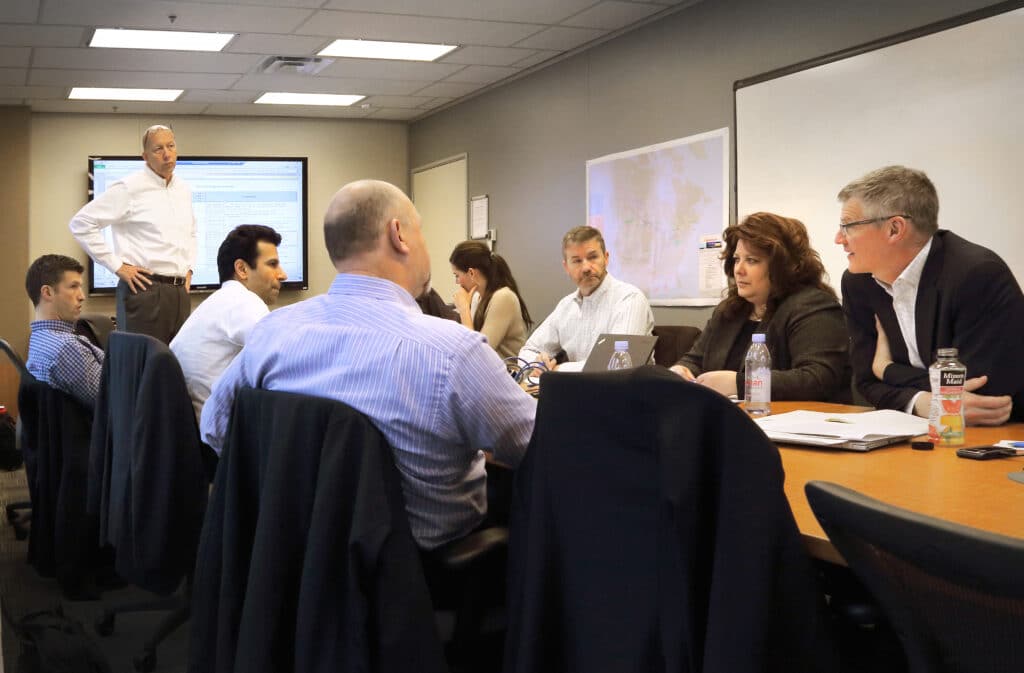
Having explored these 12 critical elements of orchestrating an effective strategy meeting, it’s clear that the path to a successful outcome is paved with meticulous preparation, the right mix of participants, and engaging exercises that promote strategic thinking.
For businesses seeking to refine their strategy planning and execution, Champion PSI stands as a valuable partner. At Champion PSI, we understand that every business is unique, and we are here to guide you through refining your approach to strategy planning and execution.
Champion offers personalized business coaching, executive coaching, and strategic planning assistance, empowering leaders to navigate the complexities of the business landscape. Our expertise is built on decades of experience coaching professionals from a wide range of industries, equipping them with the tools to navigate complex business ecosystems and achieve their goals.
Remember that an effective strategy meeting isn’t just about delivering results for your organization; it’s also an opportunity to foster a more cohesive team dynamic. Schedule a call to discover how our personalized coaching can elevate your next strategy meeting and help you turn your business vision into reality. Together, we can put your organization on a course for success and continuous improvement.
